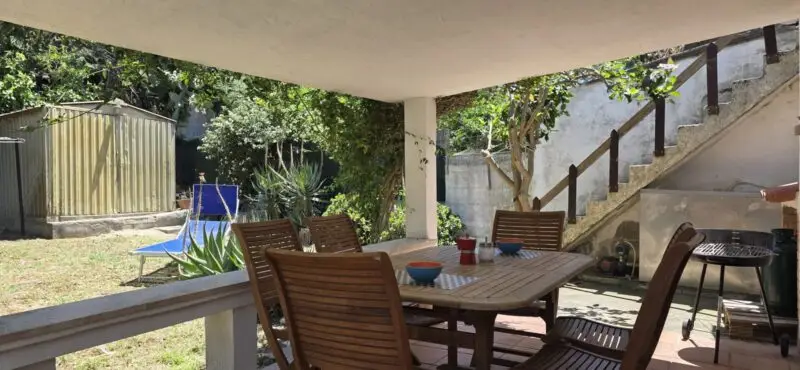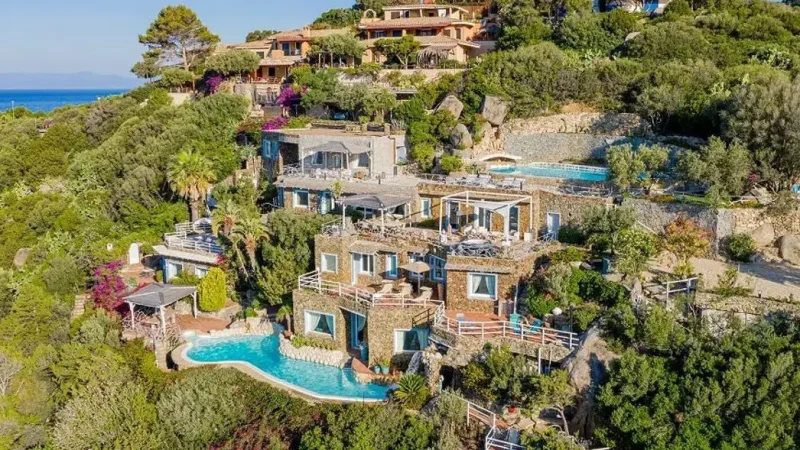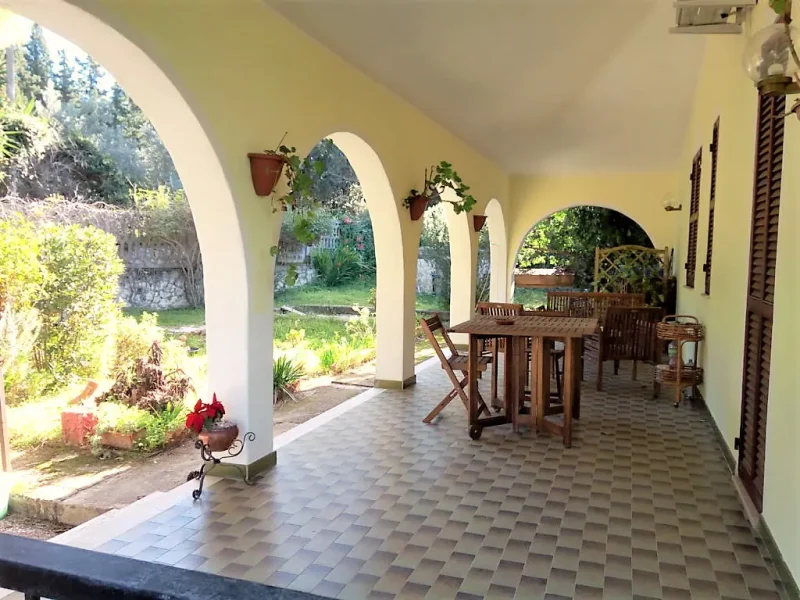Have you ever looked at an apartment for sale and thought, “Wow, what a deal!”—only to later discover that the plumbing is 40 years old and the windows look like they belong in a vintage movie?
Today, we’re talking about a crucial concept in real estate: obsolescence.
But it’s not just about the age of a property—it’s about how worn out its components are and how that affects its market value.
How Maintenance Affects Price per Square Meter
Imagine two houses on the same street: one is newly renovated with modern plumbing, state-of-the-art windows, and sleek finishes. The other has outdated pipes, worn-out fixtures, and floors that have seen better days. Which one do you think is worth more?
However, market value is not just about individual properties. It is influenced by the overall condition of homes in the area. If most houses in your city are 30 to 40 years old with minimal renovations, the average price per square meter will reflect that standard. If the majority of properties sold in your area are 30 to 40 old, the market price is based on properties that are old.
How Long Do Property Components Actually Last?
There are industry guidelines that estimate the lifespan of various home components. Here are a few practical examples:
Plumbing and Heating Systems:
- A boiler lasts about 20 years before needing replacement.
- A heating system can last around 30 years.
Windows and Fixtures:
- Double-glazed windows typically last 25 years.
- Wooden shutters can last up to 30 years.
Bathrooms and Kitchens:
- A ceramic sink has a lifespan of around 35 years.
- Budget kitchen cabinets often need replacement after 20 years.
Flooring:
- Solid hardwood flooring can last up to 40 years, while budget laminate may need replacement after 10 years.
Legal Considerations
These timeframes are not legally binding, but they serve as useful references for determining when renovations are necessary. For rental properties, if a system fails, the landlord is responsible for repairing or replacing it, even if it has not yet reached the end of its estimated lifespan.
Conclusion
If you are buying a home or investing in real estate, understanding the longevity of key components can help you better estimate future maintenance costs and the true value of the property.
For more real estate advice, contact us today for a free, no-obligation property evaluation.









